Table of Contents
Opening BIOS via Windows 11 settings
1. Open the Start menu and go to Settings in the Windows 11 operating system.
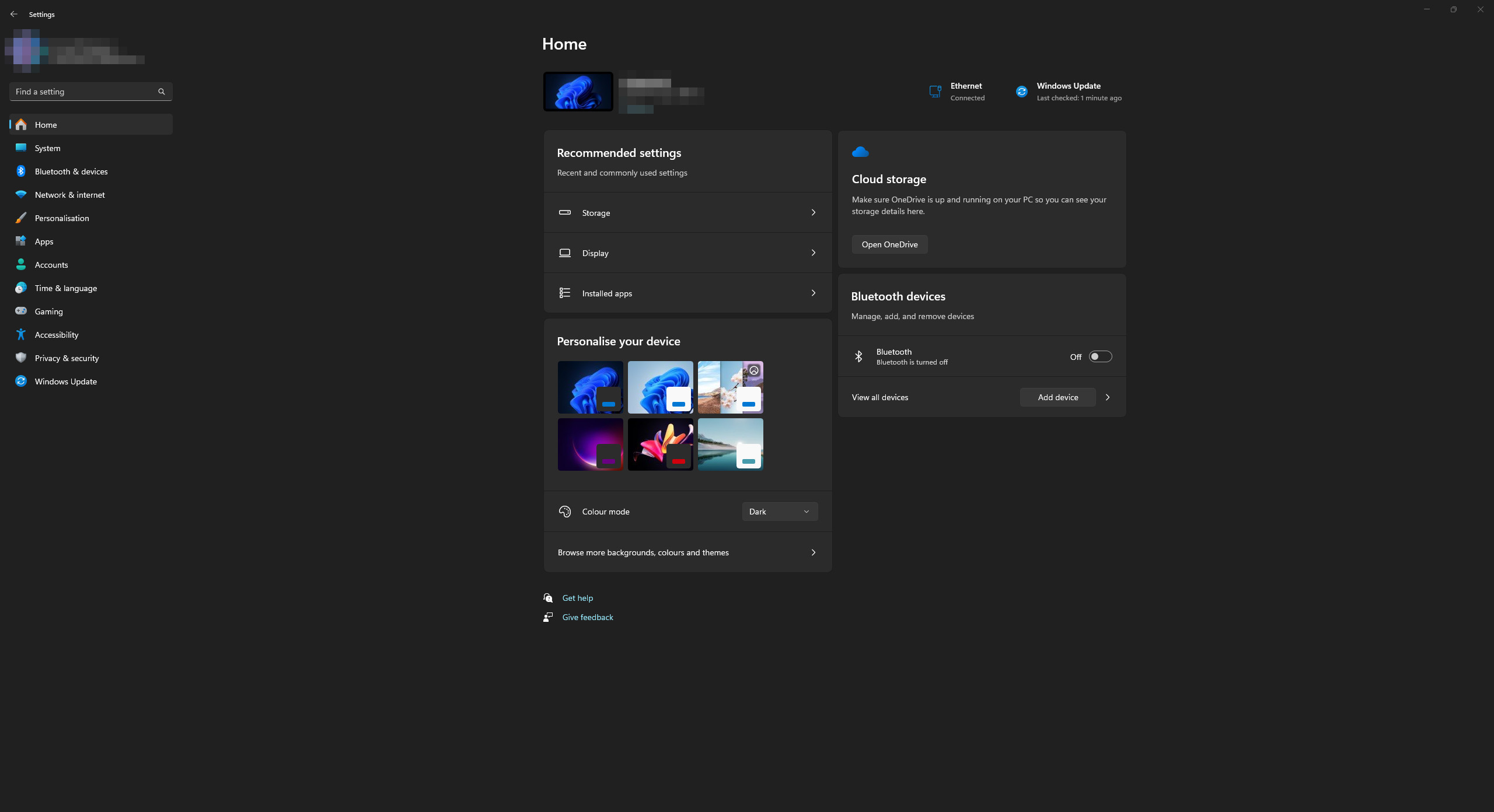
2. Open the “Windows Update” category and click “Advanced options”.
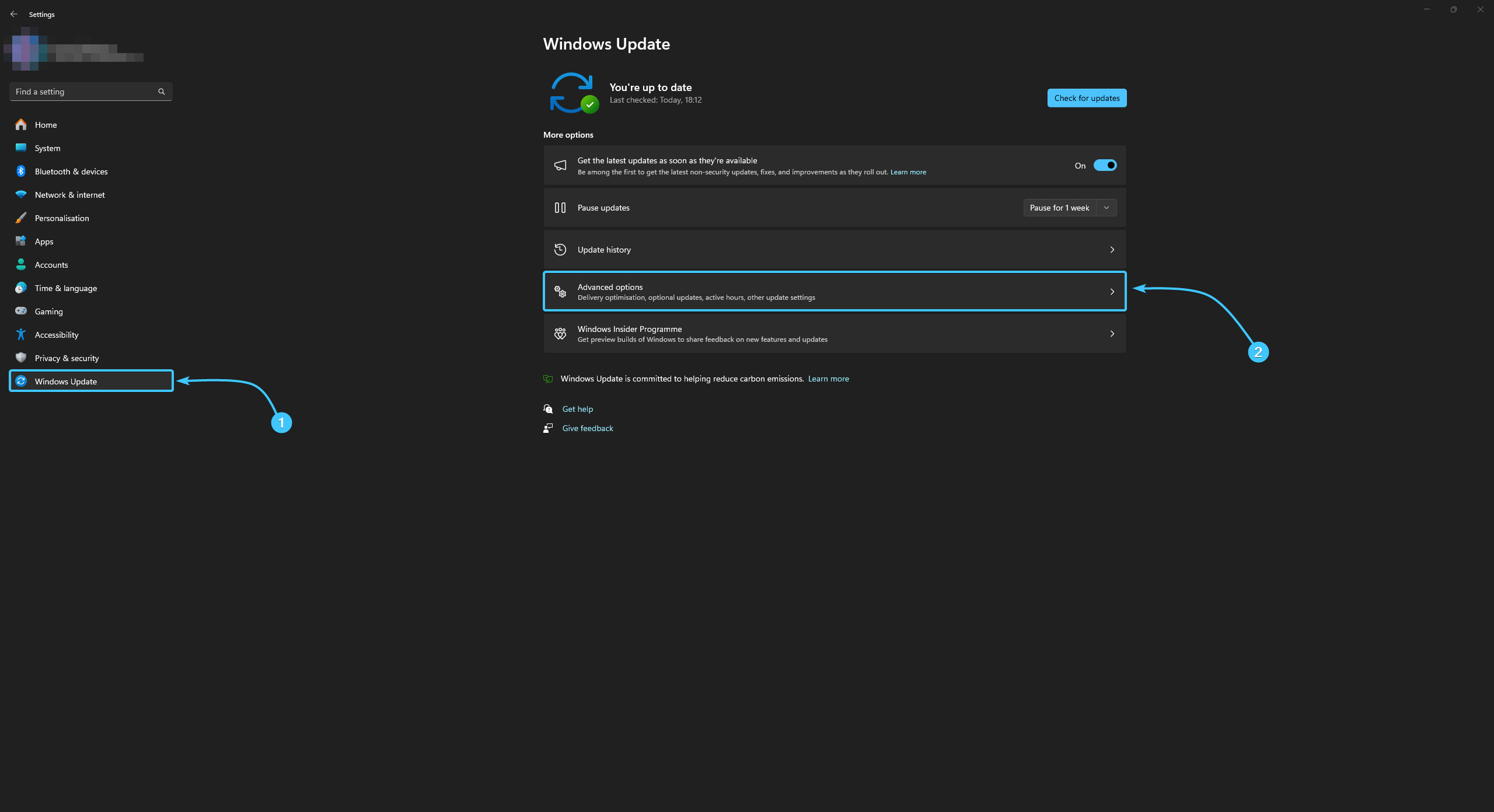
3. Open the “Recovery” section, which is located in the advanced options.
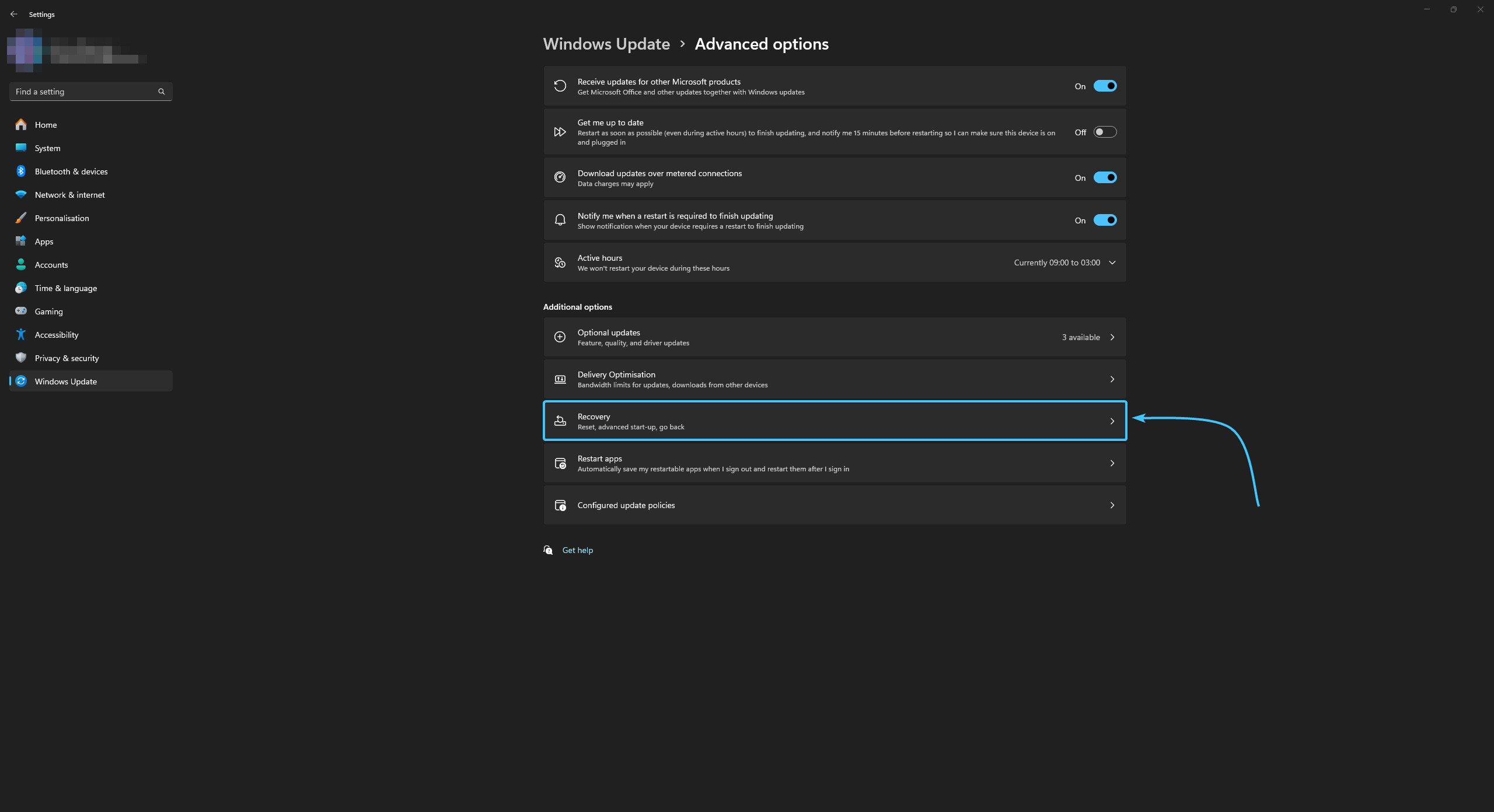
4. Next to the “Advanced startup” option, click the “Restart now” button.
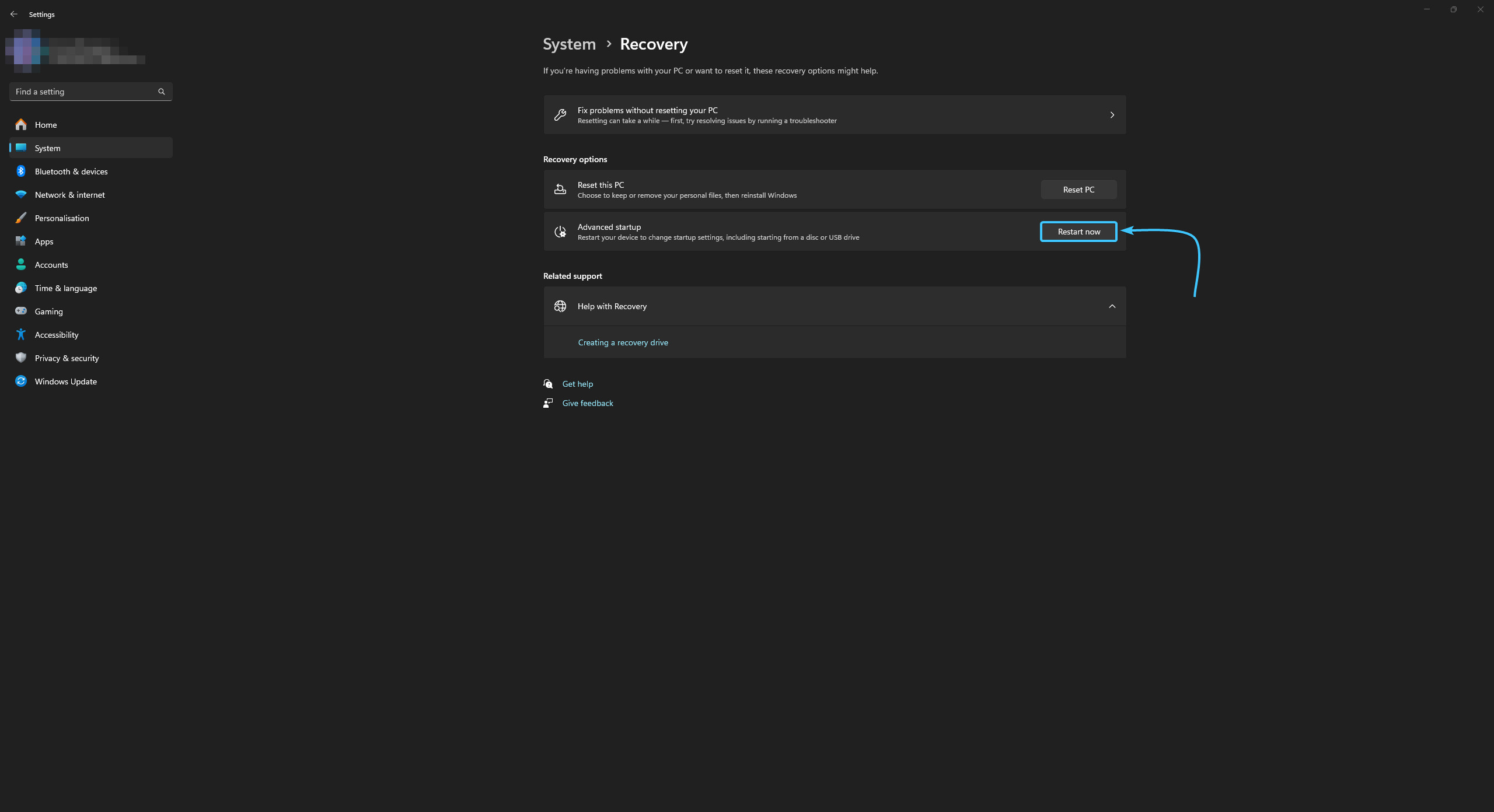
5. Read the warning message appeared. Press the “Restart now” button.
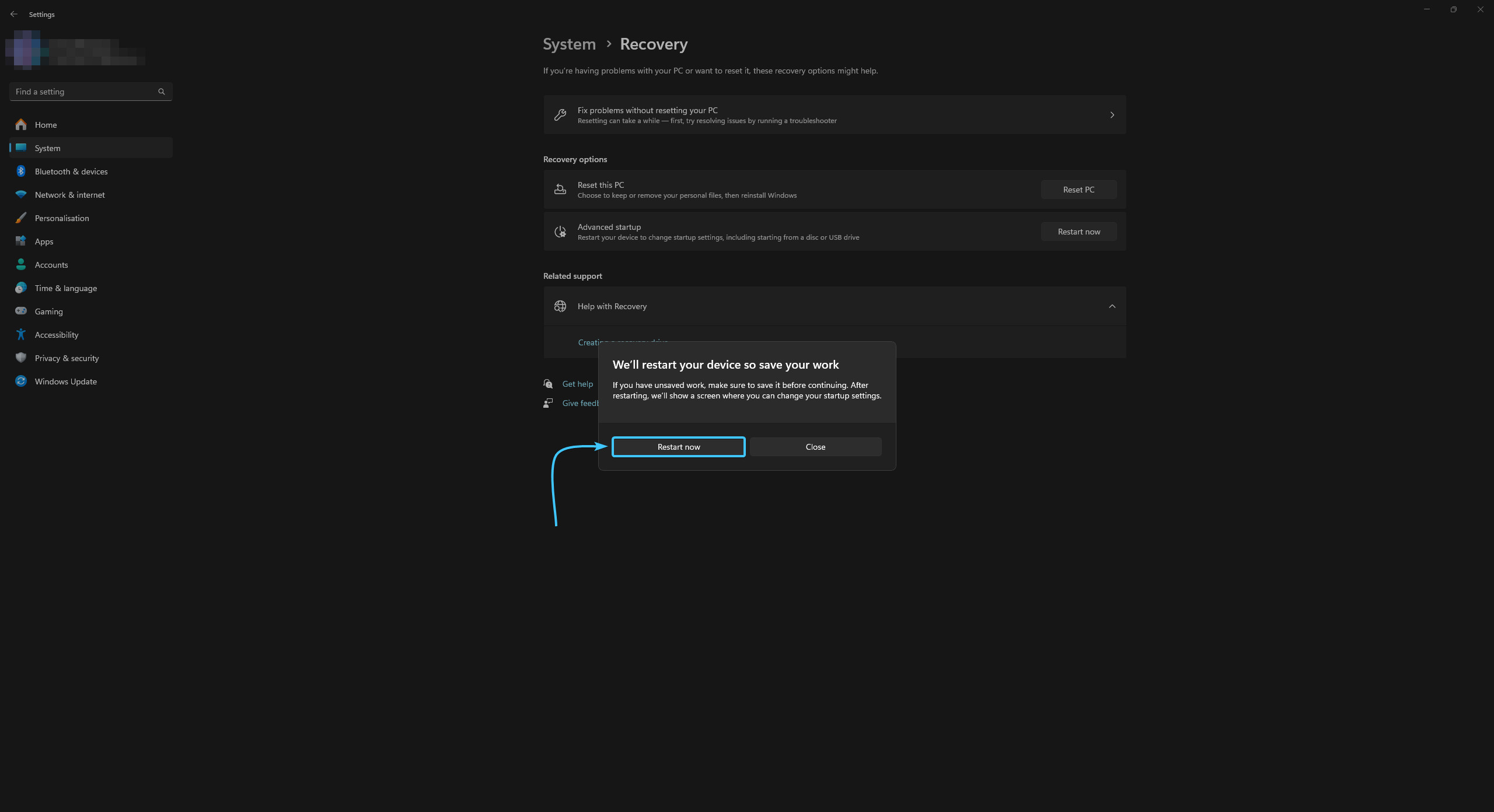
6. The device will reboot. Select the “Troubleshoot” action.
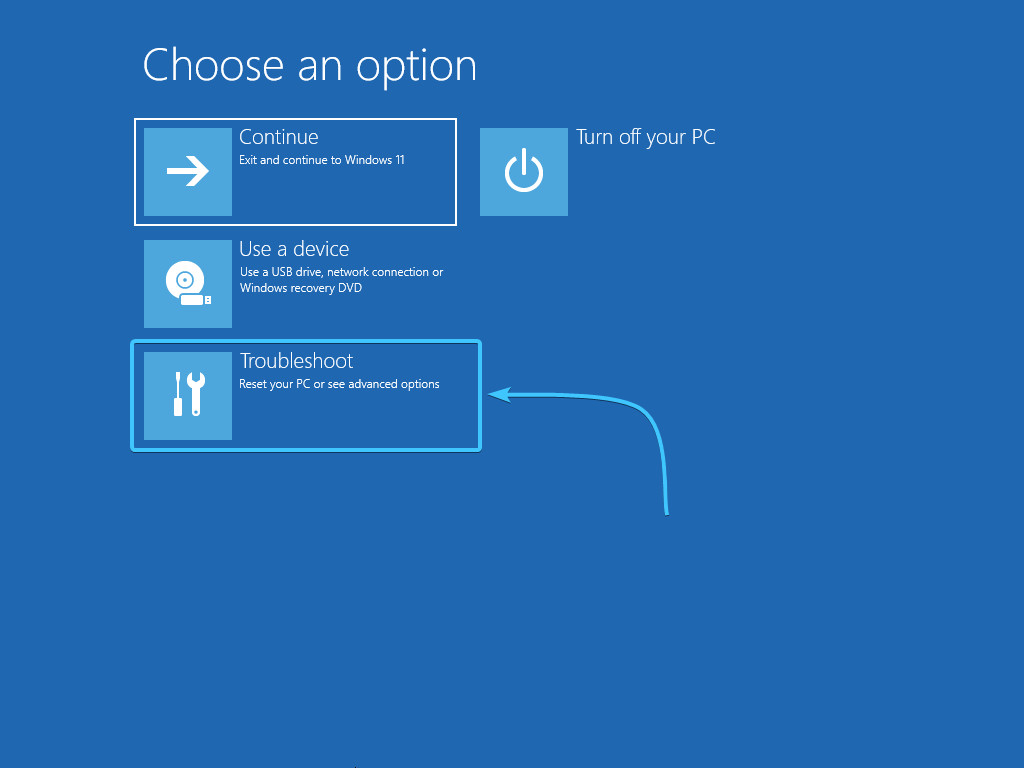
7. The “Troubleshoot” section will open. Open the “Advanced options” subsection.
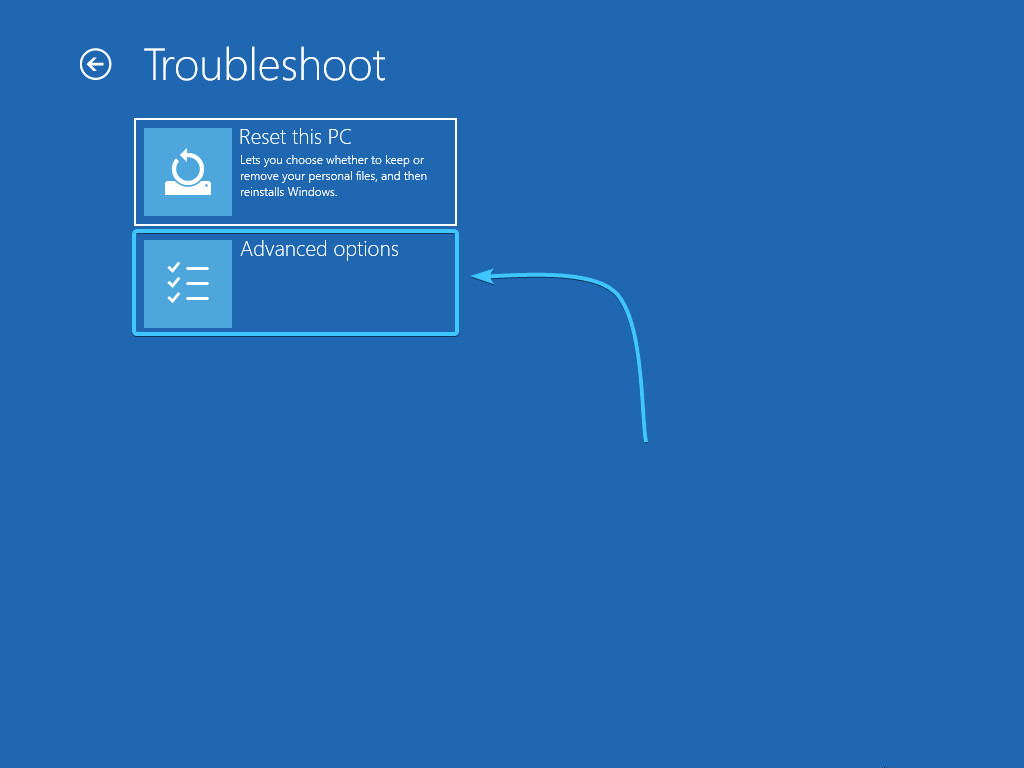
8. In this section, select the “UEFI Firmware Settings” boot option.
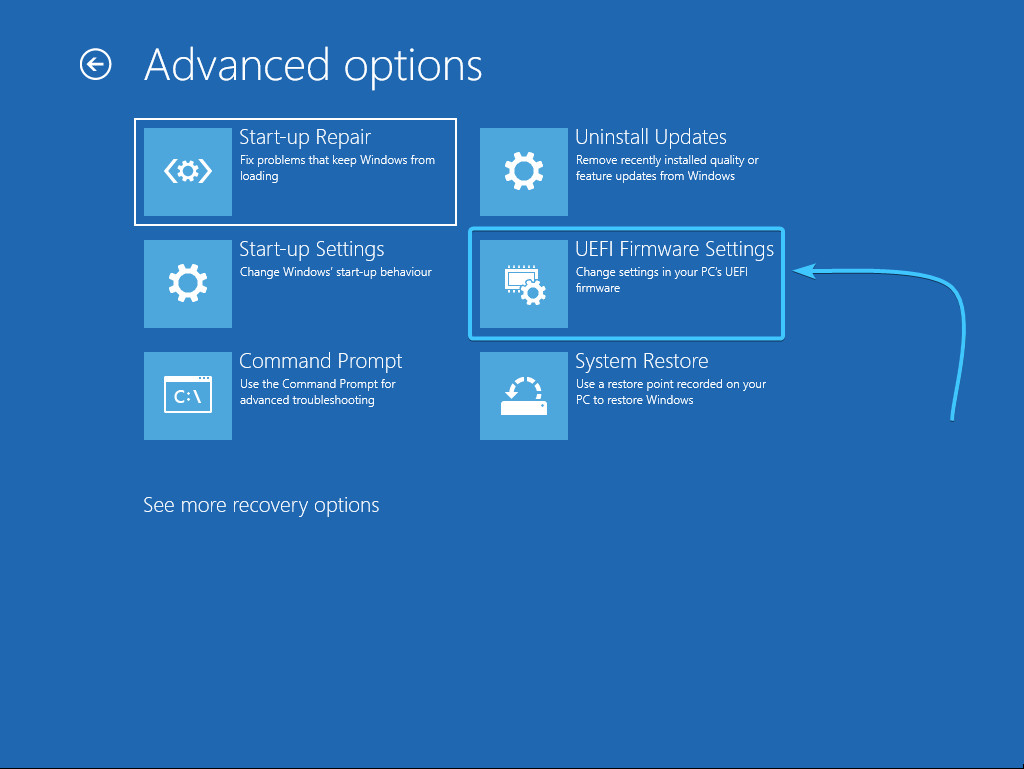
9. Familiarise yourself with the information of this download option and click the “Restart” button.
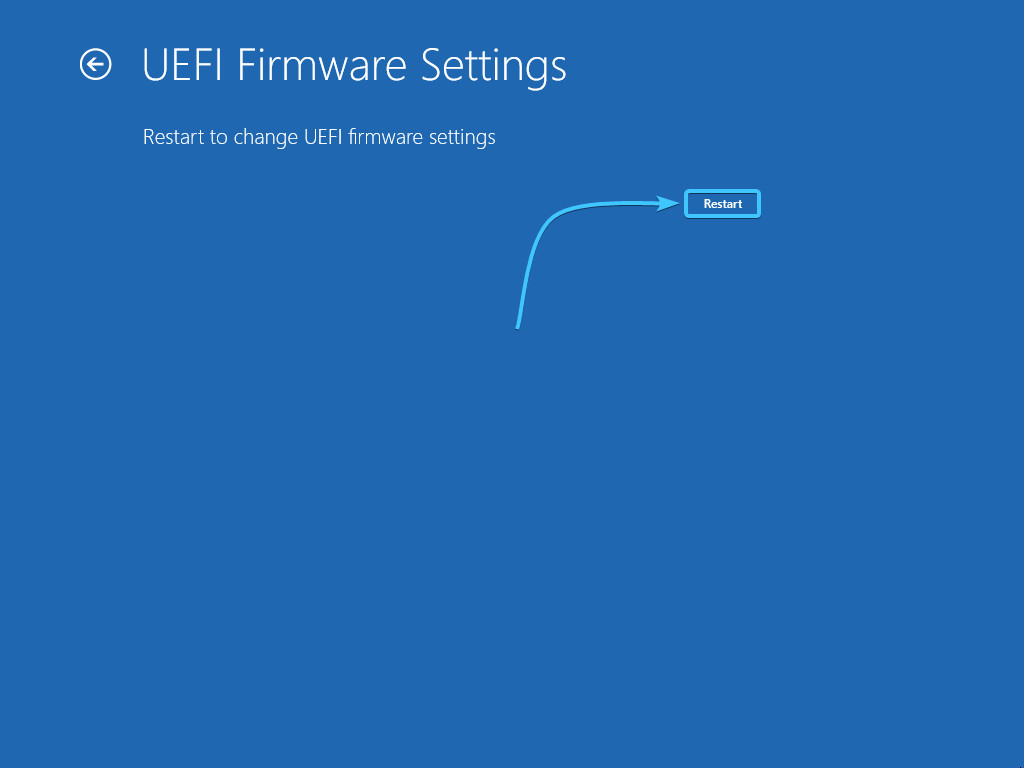
10. After the device reboots, your BIOS interface will appear. You can use it now.
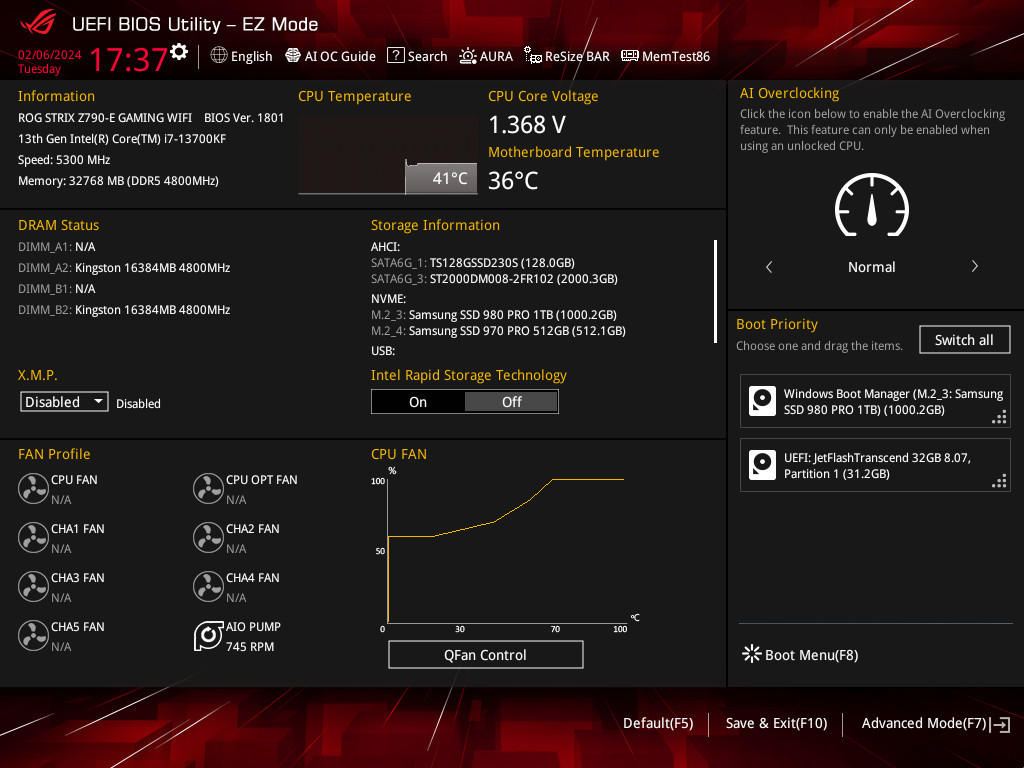
Opening BIOS via Windows 10 settings
1. Open the Start menu and go to Settings in the Windows 10 operating system.
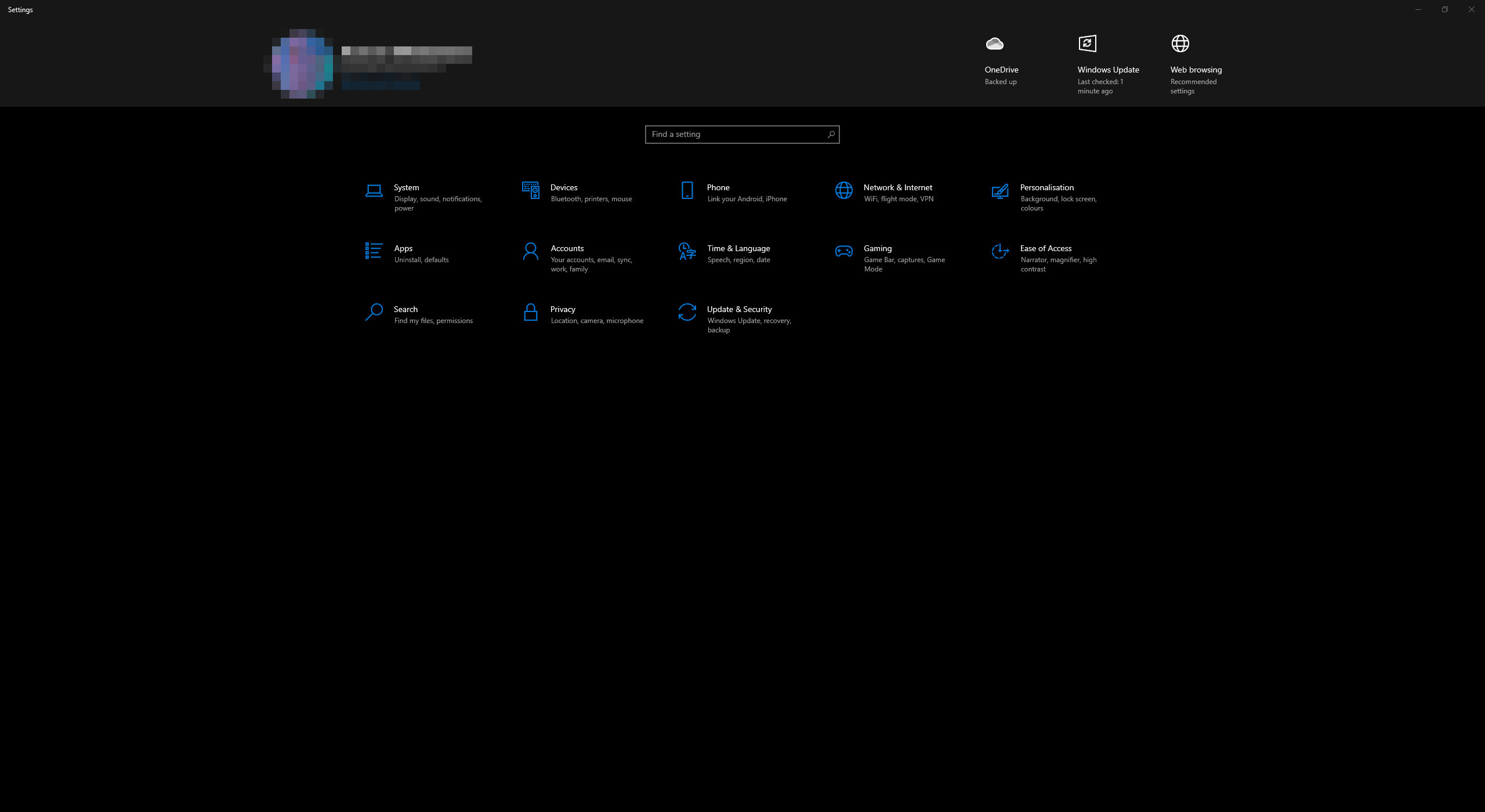
2. The general list of parameter categories opens. Open the “Update & Security” category.
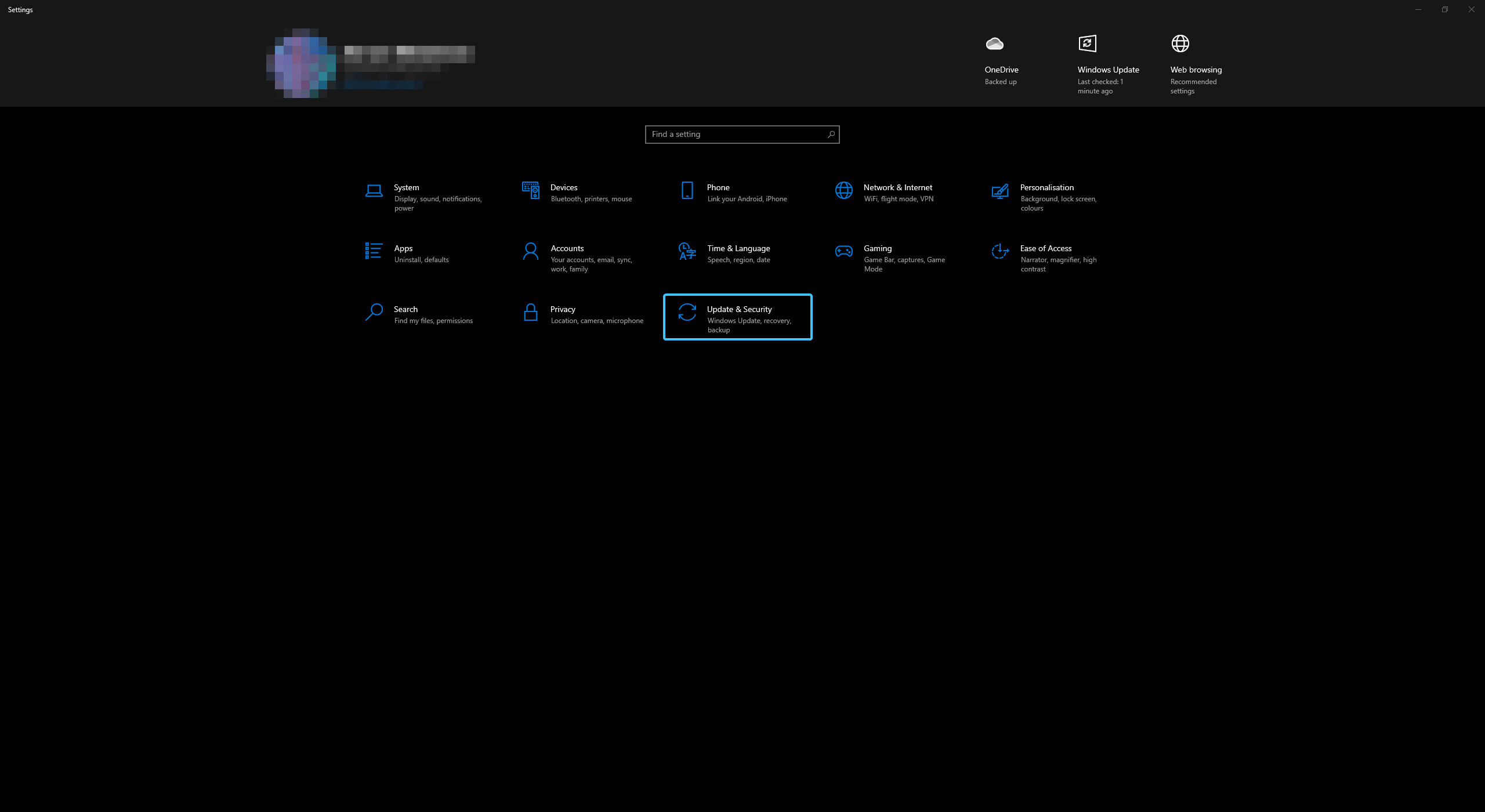
3. The “Update & Security” category sections will appear. Open the “Recovery” section.

4. In the “Advanced startup” subsection, click the “Restart now” button.

5. The device will reboot. Select the “Troubleshoot” action.
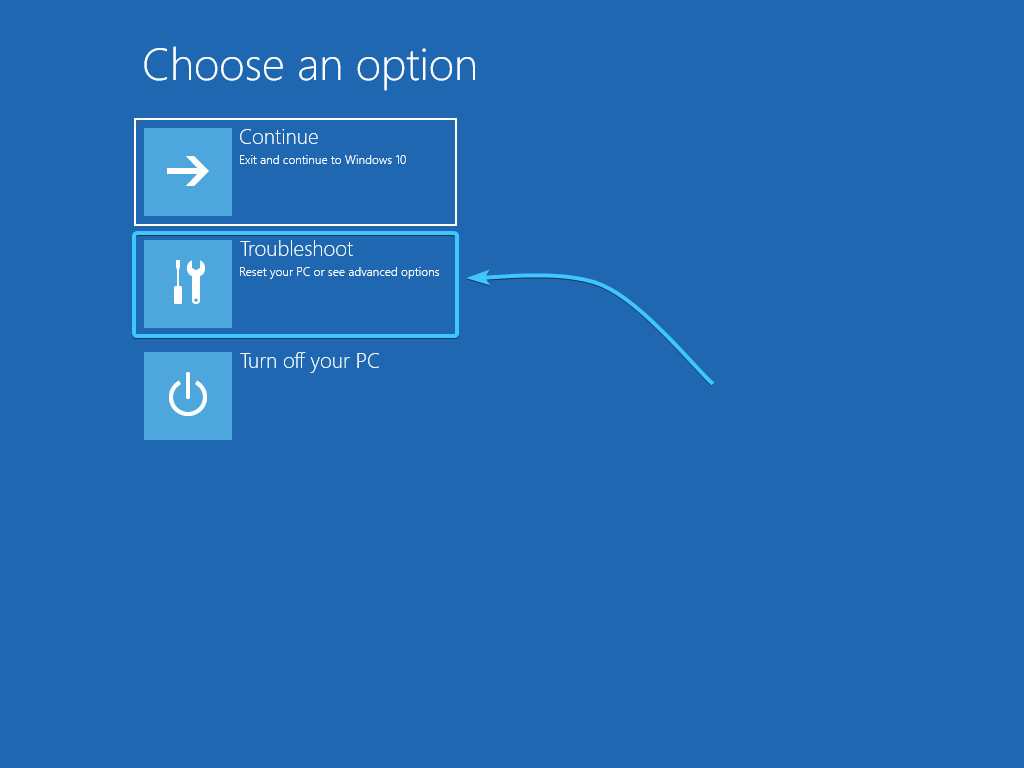
6. The “Troubleshoot” section will open. Open the “Advanced options” subsection.
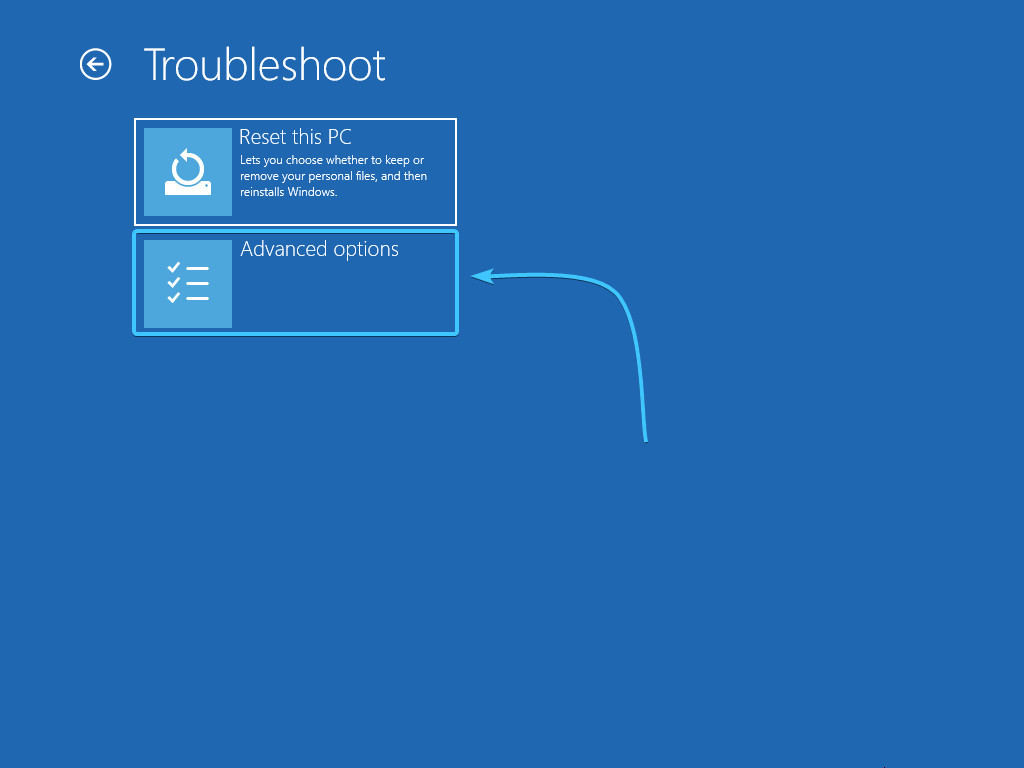
7. In this section, select the “UEFI Firmware Settings” boot option.

8. Familiarise yourself with the information of this download option and click the “Restart” button.
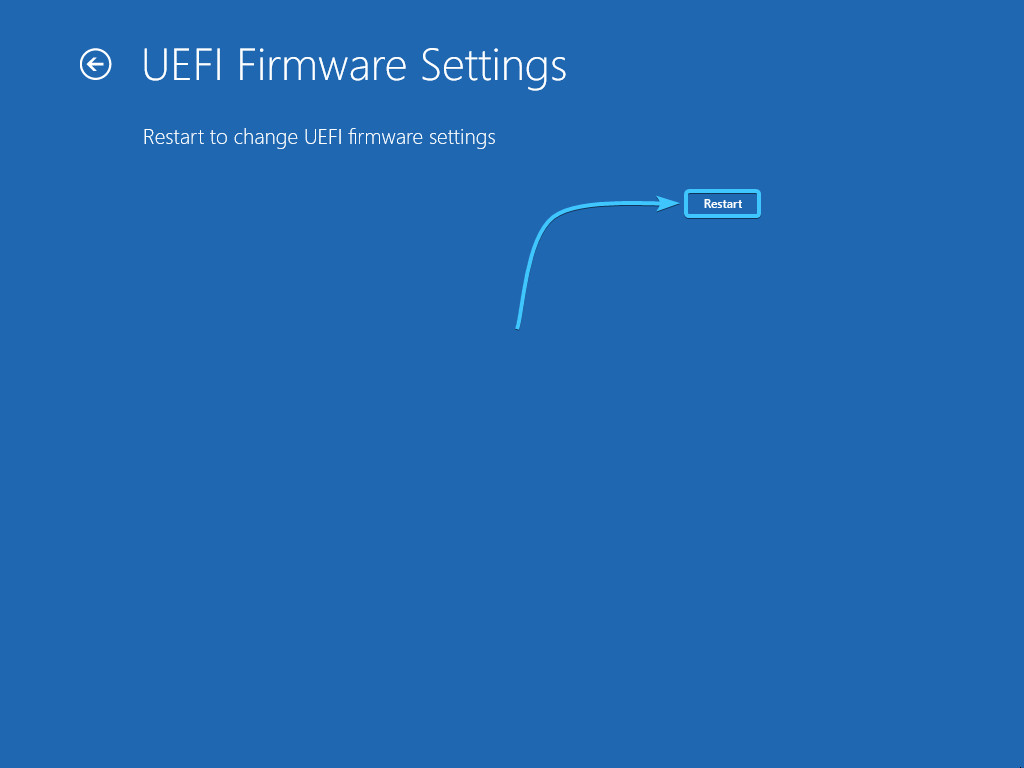
9. After the device reboots, your BIOS interface will appear. You can use it now.
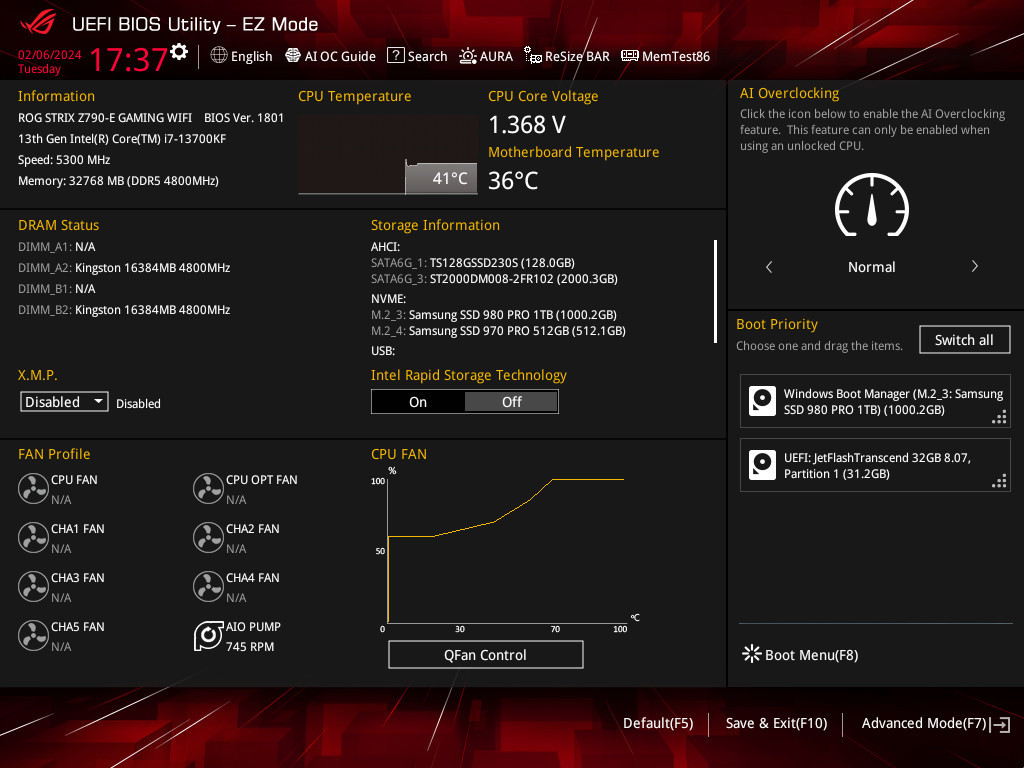
Other guides
- Updating BIOS on ASUS;
- XMP activation on ASUS;
- Updating BIOS on MSI;
- XMP activation on MSI;
- Updating BIOS on GIGABYTE;
- XMP activation on GIGABYTE;
- Updating BIOS on ASRock;
- XMP activation on ASRock;
- Keys to open BIOS;
- Media priority on ASUS;
- Media priority on MSI;
- Media priority on GIGABYTE;
- Media priority on ASRock;
- Resetting BIOS on ASUS;
- Resetting BIOS on MSI;
- Resetting BIOS on GIGABYTE;
- Resetting BIOS on ASRock.
